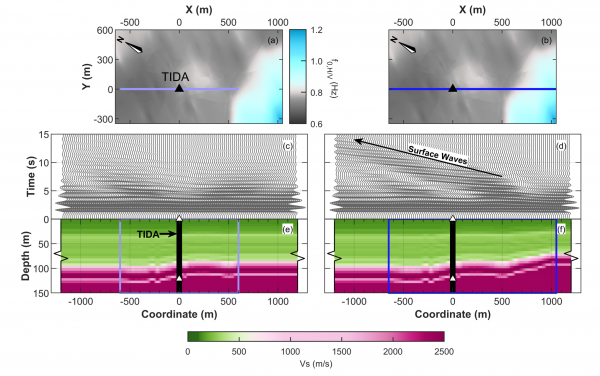How Large Is the Spatial Area Influencing Site Response: Insights Gained from Multidimensional Analyses at the Treasure Island Downhole Array
Mohamad Hallal
UC Berkeley

- Date & Time
- Location
- Online-only seminar via Microsoft Teams
- Host
- Alan Yong
- Summary
When attempting to model seismic site effects, most studies have focused on the importance of vertically characterizing subsurface geomaterials. However, laterally characterizing the geomaterials’ variability has generally been either overlooked or oversimplified. As such, little is actually known about the spatial area that influences seismic site response. This presentation will share insights that have been gained regarding the spatial area that influences site response from performing two-dimensional (2D) ground response analyses (GRAs) for the Treasure Island Downhole Array (TIDA) site. These numerical analyses utilize a site-specific, large-scale, three-dimensional (3D) shear wave velocity (V s) model that has been developed to a depth of 150 m over the entirety of Treasure Island (an area of approximately 1.6 km × 1.0 km). The lateral extent influencing site response and its azimuthal variability will be discussed by investigating: (1) four cross-sections with increasing lateral extent along the same azimuth, and (2) 12 cross-sections with different azimuths that uniformly sample the full 3D V s model. Although the TIDA site is often assumed to be archetype of one-dimensional (1D) site conditions, the findings shared in this presentation will support the notion that there may not be many truly 1D sites due to the large spatial area that influences site response. While some sites can be reasonably modeled using 1D GRAs, moving our profession forward requires focusing our efforts on developing site-specific subsurface models over larger areas to better understand and accurately model seismic site response.
Closed captions are typically available a few days after the seminar. To turn them on, press the ‘CC’ button on the video player. For older seminars that don’t have closed captions, please email us, and we will do our best to accommodate your request.
 Jump to Navigation
Jump to Navigation